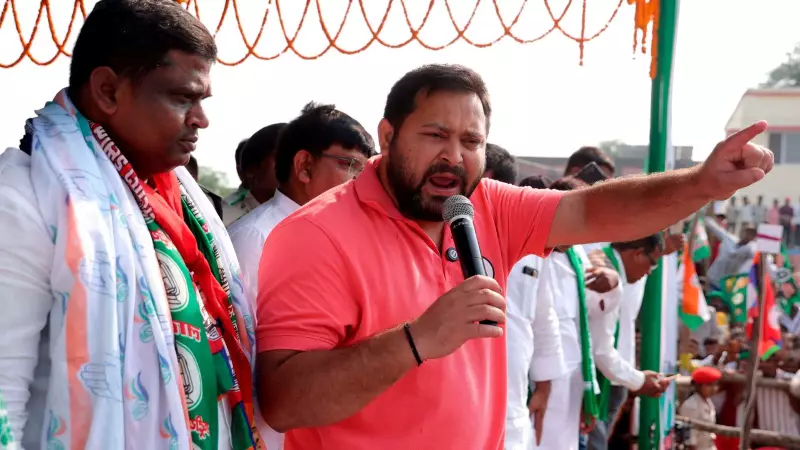
High-Stakes Countdown in Bihar
The political fate of Bihar will be decided on Friday as the votes for the State Assembly elections are counted, culminating an intensely fought campaign. The election, held in two phases on November 6 and 11, 2025, witnessed a historic voter turnout of 67.13%, setting the stage for a dramatic verdict.
A Campaign of Contrasts and Commitments
On the eve of the counting, a fresh political firestorm erupted when Rashtriya Janata Dal (RJD) leader and chief ministerial face Tejashwi Yadav issued a statement on social media platform X. He declared that the people of Bihar were "alert and fully capable... to deal with any kind of improper unconstitutional activity". The Bharatiya Janata Party (BJP) was quick to label this, along with a warning from another RJD leader about a "Nepal-like situation", as signs of desperation from an opposition staring at defeat.
The campaign trail was dominated by two figures: the incumbent Chief Minister and JD(U) supremo Nitish Kumar, 74, and his principal challenger, Tejashwi Yadav, 36. Tejashwi emerged as the most visible campaigner of the entire election, addressing a staggering 171 public meetings. His schedule was grueling, sometimes involving as many as 18 rallies in a single day. As the leader of the Mahagathbandhan, he focused his speeches on issues of unemployment, education, and youth aspirations, making a central promise of "one government job per family" if voted to power.
In contrast, Nitish Kumar, defying concerns about his health, held 84 campaign events, including 11 roadshows. He primarily campaigned on his government's development and welfare record, while the NDA alliance repeatedly invoked the specter of "jungle raj" from the RJD's past rule.
Alliance Dynamics and Star Campaigners
While Tejashwi carried the bulk of the campaigning for the Mahagathbandhan, the alliance showed visible cracks, particularly in its seat-sharing formula. The camaraderie seen during Rahul Gandhi's "Vote Adhikar Yatra" in September was largely absent. Gandhi addressed 15 rallies, but he and Tejashwi shared the stage at only two joint rallies in Muzaffarpur and Darbhanga on the same day. Priyanka Gandhi Vadra held around 13 meetings, and Congress president Mallikarjun Kharge addressed six.
A key campaigner for the opposition was Samajwadi Party chief Akhilesh Yadav, who, despite not contesting, addressed 25 rallies, 23 of them for the RJD.
On the NDA side, the campaign was a collective effort. Prime Minister Narendra Modi held 14 rallies and two roadshows, appealing for continuity. Union Home Minister Amit Shah was even more prolific with 36 public programmes, where he attacked the Mahagathbandhan's stance on electoral roll revisions. Uttar Pradesh Chief Minister Yogi Adityanath held 30 meetings, focusing on Hindutva and law and order.
However, the most prolific campaigner in terms of sheer numbers was LJP (RV) chief Chirag Paswan, who, according to his party, held an impressive 173 meetings. Having been allotted 29 seats in the NDA this time, Chirag had much to prove after the 2020 elections where his party was seen as a spoiler for the JD(U).
The Election Commission has announced that counting will commence at 8 am on Friday, starting with postal ballots. The entire political landscape of Bihar now holds its breath for the final results.





